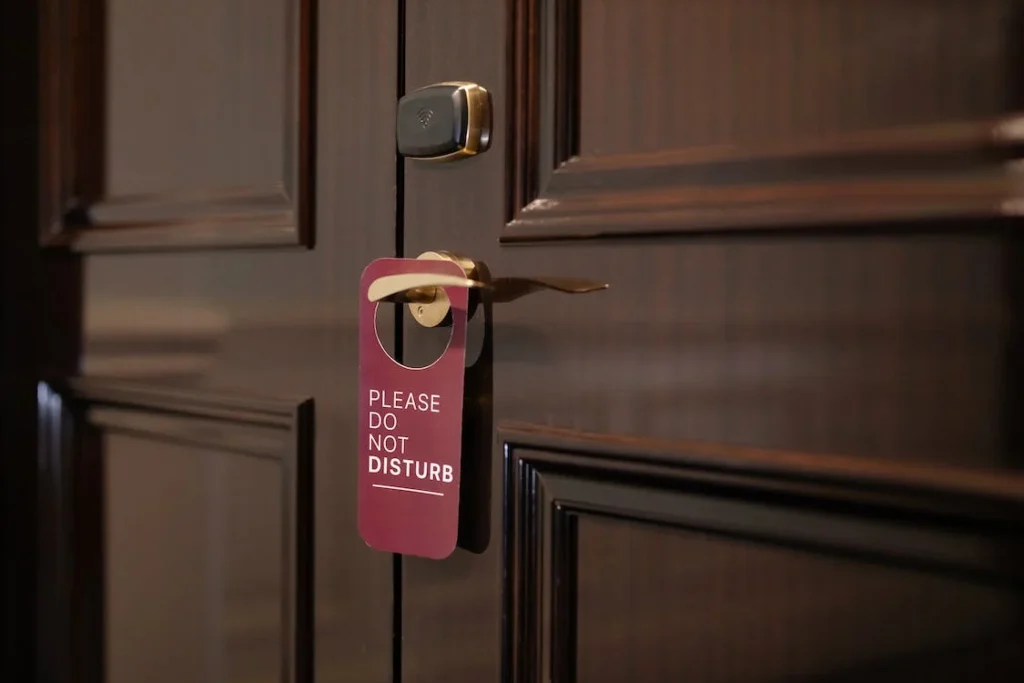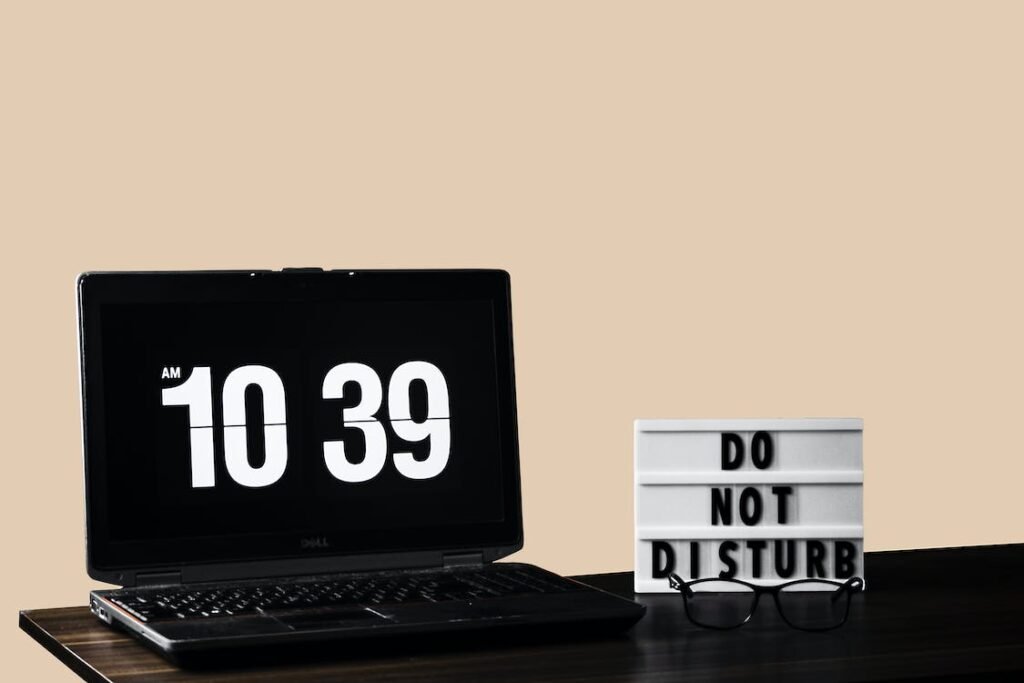This is how the productivity-boosting feature that comes with Windows operates.
When you work for any length of time, there’s a good chance that at some point you’ll get distracted by alerts. These alerts might be for recently issued warnings, new emails arriving in your inbox, system changes, playlist pop-ups, or any combination of the aforementioned. It might be difficult to maintain focus and keep going when there are so many things vying for your attention.
Microsoft understands how you feel, which is why it included a feature called Focus in Windows 11 to assist ease some of your discomfort. It enables you to schedule a time to turn off all or certain alerts, all the while monitoring your accomplishments throughout that window. The operating system provides many locations from which to access the function, and you may customise the duration of these intervals to meet your requirements.
Focus’s functionality may be tailored to your preferences, but if necessary, it can turn on Windows’ “Do Not Disturb” feature, conceal notification badges on taskbar icons, stop taskbar icons from flashing, and display a countdown on the screen. The Notification Centre will receive all of your alerts in the background instead of showing them on the screen if you choose to activate the Do Not Disturb option.
You may review anything you missed during your Focus session by accessing the Notification Centre, which you can accomplish by clicking on the time and date in the lower right corner of the screen. Focus may not be the most innovative tool for increasing productivity, but its use and accessibility make it enticing, and you may find that it becomes a necessary part of your daily routine.
Using Focus: A Guide
Due to the fact that Focus depends so heavily on Do Not Disturb, you must personalise this function to your liking. Select the Settings option from the menu that displays when booting Windows. Next, choose Notifications from the System menu, then click the Set priority notifications option. You may choose which apps and events to prioritise above the built-in Do Not Disturb mode, which allows notifications to be surreptitiously sent to the Notification Centre in the background. You can choose from these options if you make use of this function.
You may modify the way that notifications behave for particular apps by swiping down to the Notifications menu and selecting the desired options: You may change the order of priority for the list of notifications that displays in the Notification Centre, for example, selecting which applications do not appear there and making higher priority alerts appear higher on the list.
Once everything is finished, you may customise the Focus. Select the Settings option from the menu that displays when booting Windows. Next, select System from the drop-down menu on the left and Focus from the menu on the right. You’ll see that you may adjust the mode’s functionality, such as whether or not a timer shows and whether or not Do Not Disturb is enabled when you’re concentrating. It is now possible for you to change the Focus sessions’ default time limit.

One way to start the concentrate mode is to click the “Start focus session” button, which is located here. To start a new session, click Focus in the Notification Centre that appears when you click on the time and date in the lower right corner of the screen. Here’s another way you can start a session. You can change the length by using the buttons next to it, but it will always be the one you choose initially.
To start Focus with all of its setting options, run the Windows Clock application from the Start menu. Then, choose Focus sessions from the left navigation pane. Here, you may adjust how long you focus for and turn on or off the program’s automatic interruption feature, which it will activate for longer periods than thirty minutes.
A progress chart showing how much time you spent focusing today and yesterday may be found on the right. Alternatively, you may choose to “Link your Spotify” from the menu to achieve this. You will have the choice to select a Spotify song to play during your Focus sessions when you get to that page. (It’s not required that it be a playlist for unwinding; it may be.)
The Windows Tasks app also allows users to use this connection. You can create one or more tasks that you want to complete by choosing the Add a task option. You will be able to select which of these tasks to focus on first when you begin a Focus session. To import an existing list of tasks that you have prepared, click the three dots in the upper-right corner of the Tasks panel.
After everything is configured as needed, you may start your concentration session by tapping the “Start” button in the Clock app. If you have the feature enabled, the timer will always be there, regardless of how you launch a new Focus session. It could appear as a part of the Clock application, or it might show up as a separate floating window. The button marked “pause” will be prominently visible next to the current time in case you need to take a little break from your computer and Focus session.
If you find the remaining time bothersome, you may choose to conceal it by clicking the three dots that are situated beneath the timer. The focus practise will continue even if you turn off the timer. By heading to the Notification Centre, selecting the terminate session option after clicking the date and time in the bottom right corner, you may cancel a concentration session before the allotted time has passed.
Sources:
-https://www.wired.co.uk/article/how-to-use-focus-mode-windows
-https://umatechnology.org/how-to-use-focus-in-windows-11/
-https://www.thewindowsclub.com/how-to-enable-and-use-focus-sessions-in-windows-11
-https://www.trishtech.com/2023/05/avoid-distractions-on-windows-11-with-focus-mode/
-https://www.windowscentral.com/software-apps/windows-11/how-to-use-focus-on-windows-11-2022-update
Want to read more? Visit Britainobserver.co.uk
